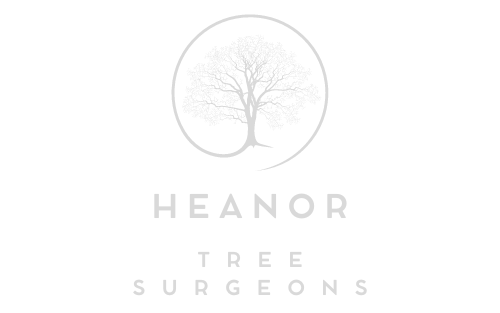Tree Crown Reduction: Solutions for Invasive Species Management
Introduction: Invasive tree species pose a significant threat to native ecosystems, biodiversity, and the health of urban and suburban landscapes. Tree crown reduction is a valuable strategy for managing invasive species, mitigating their impact, and promoting the health and diversity of native vegetation. In this blog post, presented by Heanor Tree Surgeons, we’ll explore how crown reduction can be used as an effective solution for invasive species management, helping to control their spread while preserving the integrity of natural habitats.
1. Controlling Growth and Spread
Invasive tree species are characterised by rapid growth and aggressive spread, often outcompeting native vegetation and disrupting ecosystem balance. Tree crown reduction helps control the growth and spread of invasive species by selectively pruning branches to reduce canopy size and density. By limiting the resources available for growth, crown reduction inhibits the ability of invasive trees to spread and establish dominance over native flora.
2. Promoting Native Vegetation
Crown reduction creates space and resources for native vegetation to thrive, promoting biodiversity and ecological resilience. By selectively removing branches from invasive trees, crown reduction allows sunlight, water, and nutrients to reach the forest floor, supporting the growth of native plants and understory vegetation. This helps restore balance to ecosystems and creates habitats for native wildlife.
3. Minimising Environmental Impact
Invasive tree species can harm soil health, water quality, and wildlife habitat. Crown reduction minimises the environmental impact of invasive species by reducing their biomass and mitigating the risk of ecological disruption. By managing invasive trees through crown reduction, tree surgeons can help protect sensitive ecosystems and preserve the natural beauty of landscapes.
4. Enhancing Aesthetic Value
Invasive tree species often detract from landscapes’ aesthetic value, with dense canopies and aggressive growth patterns overshadowing native vegetation. Crown reduction improves this value by shaping invasive trees to fit harmoniously within their surroundings. By selectively pruning branches and reducing canopy size, crown reduction creates visually appealing compositions that blend seamlessly with native flora.
5. Long-Term Management
Crown reduction is an effective long-term management strategy for invasive species, providing ongoing control and mitigation of their impact. Regular pruning sessions can help prevent invasive trees from regaining dominance over native vegetation, allowing for gradually restoring natural habitats. By incorporating crown reduction into comprehensive invasive species management plans, property owners can help safeguard the health and integrity of their landscapes for future generations.
Conclusion: Tree crown reduction is a valuable tool for managing invasive species, controlling their spread, and promoting the health and diversity of native vegetation. By selectively pruning branches to reduce canopy size and density, crown reduction helps control the growth of invasive trees, create space for native flora, minimise environmental impact, enhance aesthetic value, and provide long-term management of invasive species.
Call us on: 01773 300 996
Click here to find out more about Heanor Tree Surgeons
Click here to complete our contact form and see how we can help with your tree’s needs.

